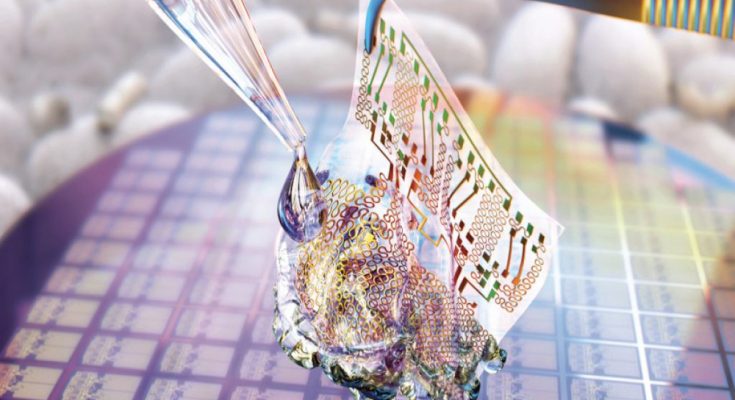The problem with many of the current wave of electronic medical implants is that they are made out of synthetic materials that the body has to adapt to. The adaption can go awry sometimes and people find that their body actually rejects the implant and this can lead to a massive array of health issues. The other problem is that the implant will need to be fished out once it has outlived its use. This may require the specific skills of a surgeon (expensive and time consuming). Silk is an excellent and natural material to form the basis of an electronic medical implant because it breaks down over time and does not need to be removed manually – just like stitching that is made out of cat gut that dissolves over time (generally used for internal stitches).
Because silk is a natural material it can sit above biological tissue and will not irritate the person wearing the implant. It also has less likelihood of being rejected by the host body because it is a natural substance. It is also soft. The original research that this is based on was originally aimed at using silk as a substance to help rebuild muscle tissue that had degraded past the point of regular treatment. Silk was to form the basis of the support network that new flesh or muscle could grow on.
Silk can be combined with a variety of other materials such as silicone electronics, LEDs and various enzymes for slow release into the host’s body. Eventually as the silk breaks down (the rate of which it dissolves can be altered) all that is left is the other implanted material – by this stage the body would have gradually become acclimatised to the material and it lessens the likelihood of the host body rejecting the material.





